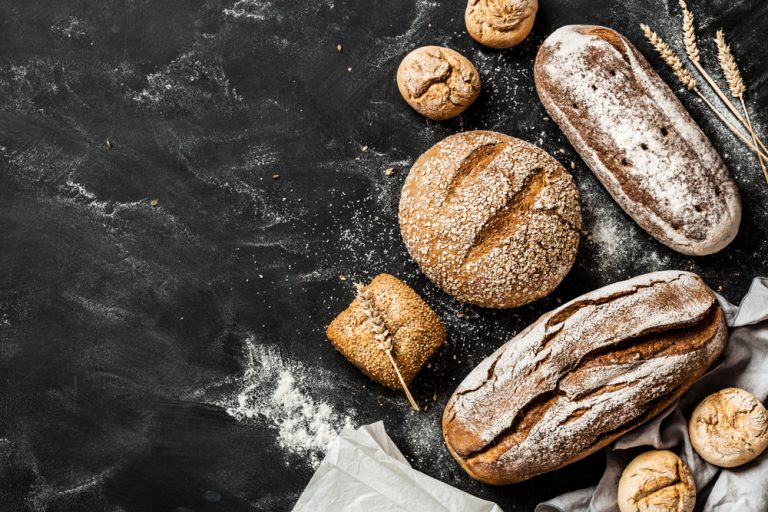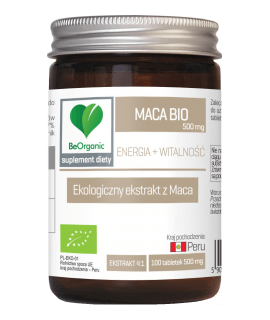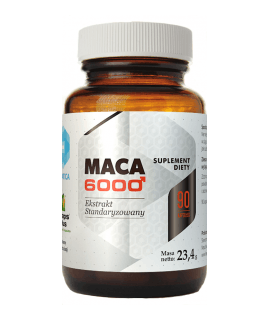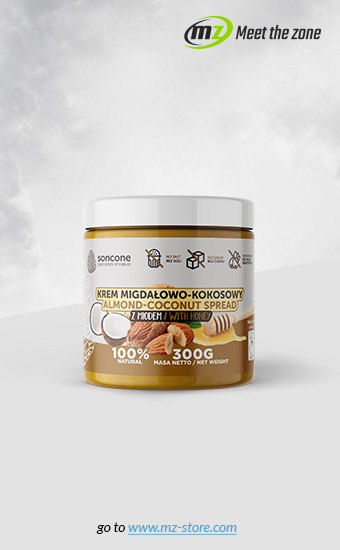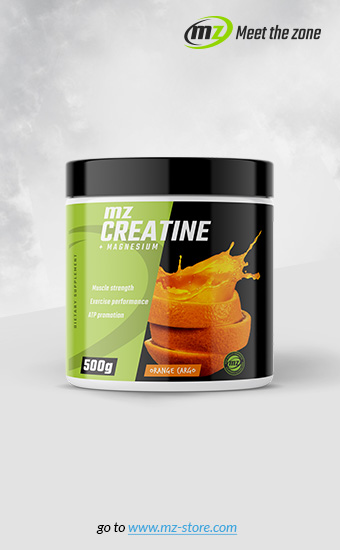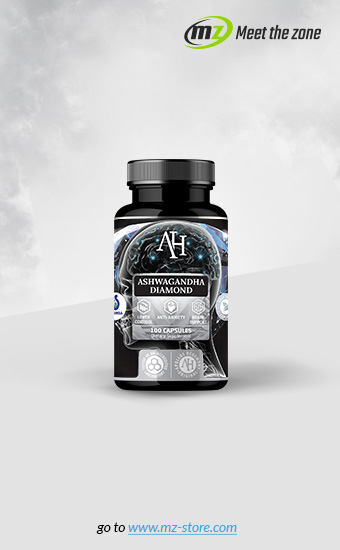Bread is a food product baked from a dough consisting of flour, water and salt. The dough is then loosened using a biological method using the products of yeast or sourdough metabolism. Wheat, gluten-free or maybe whole wheat bread? Find out which type of bread suits you the best and how many calories they have.
What is bread?
Bread is considered to be all types of bread and rolls made from various cereals, with or without additives, of various shapes and sizes.
Bread in diet and culture
Bread is not an only basic everyday food. It has religious and ritual significance, especially for Catholics. It is a symbol of prosperity and prosperity. It is the subject of many works of art.
Bread has been a human food for at least 10,000 years.
In Europe, loaf bread with a flexible and aerated crumb structure is very well known. In regions of the world with a warmer climate than moderate, cake bread dominates. In Africa, southern Asia, Central America and a large part of South America, inhabitants have been baking bread from different types of flours for generations - gluten-free or low-gluten flours. These have some other properties than our wheat brad, but we will get to that!
Bread - types
In bakery products, the following types of bread are distinguished
- Wheat Bread
- Rye bread
- Mixed bread
Consumers usually distinguish between light and dark bread. Light bread is the bread and rolls baked from the flour of types below 1000 (usually 550, 650, 720, 850), while dark bread from the flour of types above 1000 (usually 1400 and 2000).
By the way – the number in the type of flour says only “x grams of as ash per 100 kilograms of flour”. So for example, if there is a flour type of 2000, it says that there are 2000 grams of mineral substances in 100 kilograms of flour!
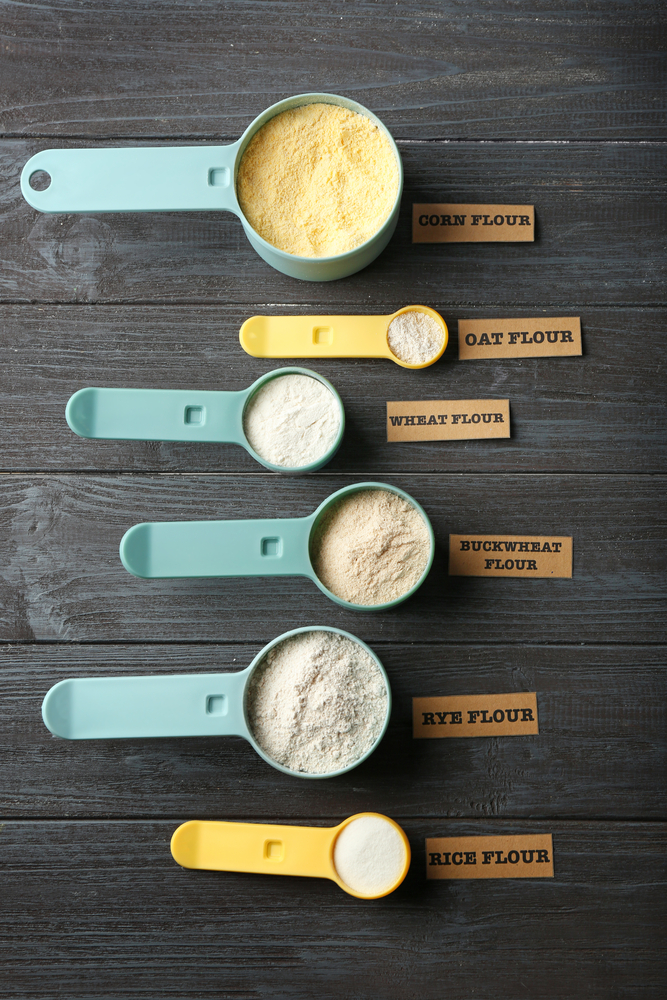
Bread - composition
Bread is generally made of flour, water and salt. You can use additives in the form of various grains and seeds, fats, milk, fruit, honey, etc.
The dough for baking bread from wheat flour is loosened with yeast. Rye flour requires acidification. The use of sourdough (containing a mixture of lactic acid bacteria and yeast) gives rye bread a different taste and smell than wheat fermented with yeast. The rye dough production process is longer and more complex than wheat dough.
In the bakery industry, the so-called improvers that improve the volume, appearance, structure and properties of the crumb and in the result the taste and smell of bread.
Bread production stages
High-quality bread produced using traditional methods requires the selection of raw materials and their appropriate treatment. The production process of traditional bread without improvers is longer than that of low-quality bread. It includes the following stages
The details of bread products such as the proportions of ingredients, mixing time and intensity, or the production of sourdough are a secret, especially in a traditional bakery.
Does bread make you fat?
It is commonly believed that bread increases amount of fat in your body, and its reduction or elimination is one of the first moves of people on a diet. It cannot be clearly stated that the bread makes you fail. It all depends on the amount, time of consumption, health and metabolic rate of the person who eats it.
Bread is a food that primarily provides carbohydrates. This is the main reason by which eating excess bread promotes weight gain. A large amount of carbohydrates in the diet contributes to rising blood glucose levels, increased insulin secretion and decreases insulin sensitivity of human cells.
Light bread contains less fibre and has a higher glycemic index (IG = 70-95) than dark bread (IG = 50). That is why dark bread is recommended for weight control and better health.
It should also be noted that calculated per 100 g, crunchy bread considered dietary is not less caloric than normal. Therefore, during slimming, do not eat large quantities of it.
Certainly, bread can give some unwanted kilograms for people with impaired carbohydrate metabolism, insulin resistance and type II diabetes. It is particularly inadvisable to eat bread for breakfast, because in the morning, immediately after waking up, the insulin response is the most intensive throughout the day.
Of course, bread eaten often and in large quantities, for breakfast, lunch and dinner will be conducive to weight gain. The same will work for any carbohydrate product (pasta, cereal, rice, potatoes, sweets).
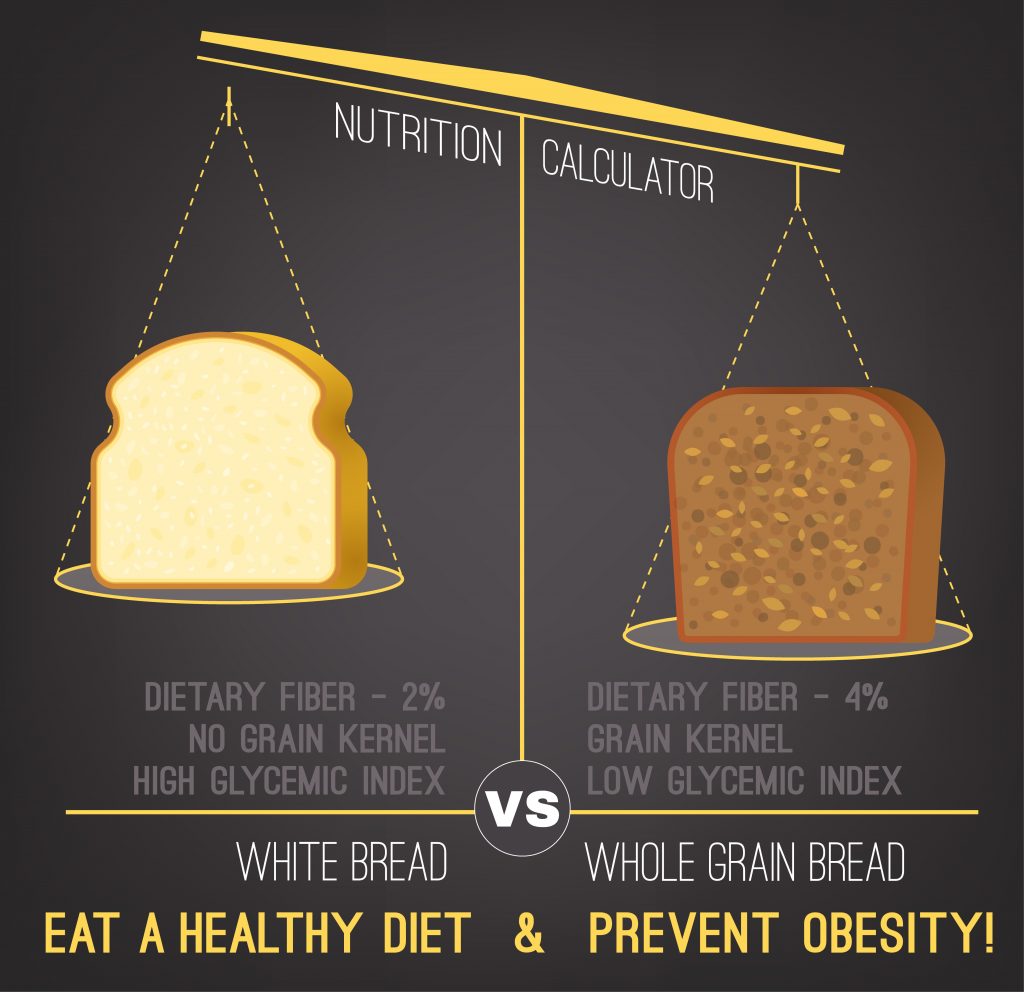
What bread should you choose?
Wholemeal bread is considered healthier in a typical diet. Has more fibre and minerals than white bread. It helps to excrete excess cholesterol from the body, and carbohydrates from it are absorbed more slowly than from white bread, which contributes to glycemic control.
However, wholemeal bread is not recommended for everyone. People with gastrointestinal diseases or digestive problems should give it up.
The selection of the specified bread depends very much on the health condition and the demand for nutrients of the person. Light or dark, wheat, rye or mixed, sourdough or yeast - you cannot indicate strictly the type of bread that is the best choice.
Bread should be bought in small bakeries, where bread and rolls are baked using traditional methods, without improvers. This is a guarantee of excellent taste and much higher nutritional values than in inflated hypermarket bread.
Special bread
A special bread is a bread that has been produced with the addition of unusual ingredients or in other than the standard production process. In special bread, you can find non-bread cereals, vegetable or animal additives in an amount that changes the nature of the bread.
